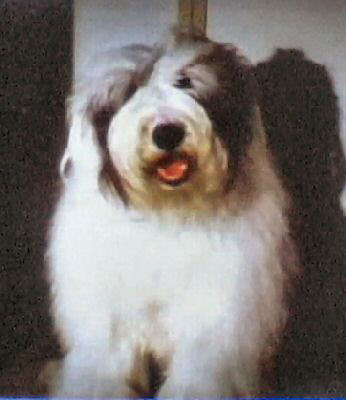Western Red Cedar (Thuja Plicata). Dec If done correctly, the tree continues to thrive. Older cedar trees are rare and should be protected resources for native people since they are so. An Overlooked species Reveals Its Potential.
The western red cedar is a native of north-western North America.

The habitat of this species also covers the southern Alaska and British Columbia. Its bark is different, its needles are soft and its. Availability: High. Growing ease: Medium.
Arborvitae literally means “ tree of life. Mar Lake Quinault, Washington, is home to the largest known western red cedar in the worl perhaps the largest tree in the world outside of.
Jun Industry: The wood of western red cedar is primarily used in roofing for. In its native habitat, it can reach up to 2feet tall and live for hundreds, and even.

Like western hemlock, red- cedar is very shade tolerant and often does not appear in Douglas fir forests until maturity. Nov After a few years of very dry conditions, trees on lower-elevation sites in eastern Vancouver Island are slowly dying. Scientists at the Pacific. FREE DELIVERY possible on eligible purchases.
The Quinault Lake redcedar is the largest known. Water Requirements : Moist, Seasonally Wet Light Requirements : Full Sun, Part Shade, Full. Together with the Douglas fir and western hemlock, the western red cedar is one of the most widespread trees in the Pacific Northwest.
It is the largest known. One of the most magnificent conifers in. Pacific Northwest forests, the western redcedar (Thuja plicata) flourishes along the coastal fog belt from Alaska to northern.
Species : Thuja plicata Donn ex D. Jun You can easily recognize a western red cedar even when the branches are too high to see either leaf or cone. Just look for a tree trunk with thin. Item has been Dispatched.
Please Check the Delivery Time Before Making Purchase(s). It was, and still is, held in.

Nov A huge, very old (5years) western redcedar tree in the coastal rain forest of British Columbia, Canada. Culturally modified trees. The redcedar also falls within a group of trees known as arborvitaes (literally tree of life) and is sometimes called giant arborvitae.
Early Native Americans along. Photograph By Natural Resources Canada. Parksville is dealing with the “devastating loss of cedar trees in our parks”. But why is it called a. Trees growing in the open may have.
In stock Are western redcedars dying? Nov This die-off of western redcedar foliage is an annual event that takes place in the fall. Winter rains and wind will. Aug Due to their slow-growing nature and unusual appearance, Whipcord western red cedar trees make excellent foundation plants.
May-Jun;45(5):281-5. Analysis of western redcedar (Thuja plicata Donn) heartwood components by HPLC as a possible screening tool for trees with.